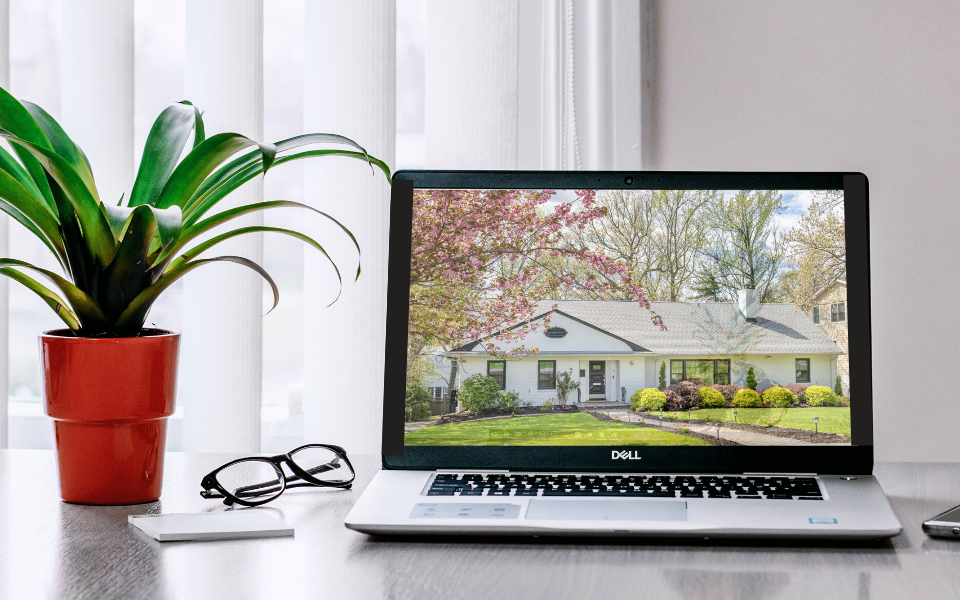
STEP THREE: GETTING ORGANIZED FOR YOUR HOME SEARCH
07/31/2017
STEP FOUR: PREP YOUR HOME
08/01/2017Your home is probably the most valuable asset you own, so when it comes time to sell it, every advantage matters. There’s no doubt the process is hard; people describe selling their home as one of life’s most stressful events – on par with divorce, parenthood, and job loss. It sounds bleak, but in my experience, the preparation that goes into a homesale can make a big difference.
If you know that you may be listing your home in the near future, here are a few simple steps you can take to keep the selling process on track:
Step 1: Clean and declutter the house before listing
When selling your home, take the time to thoroughly clean and declutter it. A messy home makes a potential buyer worry that the home is uncared for, even if it’s not. When decluttering, put items away in closets and clear countertops. Temporary storage should be considered as an option for larger items. Also, it’s very important to remove odors in carpets, curtains or in the kitchen. Although it’s a challenge, keep the home tidy at all times, and pay particular attention to keeping basements and garage spaces neat and broom swept. The simple routine of keeping a home clean and decluttered during the selling process will make a positive first impression on buyers.
Step 2: Home stage for a quicker sale
Home staging is a popular way to prepare a home for sale. It involves bringing in a home stager to declutter, neutralize and accent the best features of the home. Often, a home staging company will bring in furniture and remove pieces in place to create a certain appearance. The goal is to help potential buyers envision themselves in the home, so it may include temporarily removing family photos and personal items. Home staging is a practice endorsed by the majority of buyer’s agents with some 77% agreeing that staging a home makes it easier for buyers to visualize the property as their own. By making the interior of the home beautiful, yet neutral in its appearance, the home attracts interest on the market and often moves more quickly. Data from the Real Estate Staging Association (RESA) supports that homes which are staged sell 73% faster, on average, than non-staged homes.
Step 3: Arrange for a pre-sale inspection
When you are looking to sell your home, a pre-sale inspection can help identify issues that can derail the sale. As a seller, it is far better to have a professional inspector advise of potential issues and resolve them prior to the homebuyer’s inspection. Once problems are identified by a home inspector representing the buyer, the resolution or credit for these issues must be negotiated into the home inspection contingency. However, with a thorough pre-sale inspection, issues can be resolved before ever appearing on the inspection report done for the buyer. Another important advantage of a pre-sale inspection involves the risks that go along with seller liability, or the requirement that home sellers are required to disclose any deficiencies concerning the home that they are aware of prior to sale. A pre-sale inspection can help protect sellers from accusations of nondisclosure after closing, particularly if the issues in question did not get picked up in the inspection report.
Step 4: Understand the finances behind selling your home
As the seller of a home, there are numerous financial considerations that may impact your decision to sell and the timing. For example, if you have a capital gain when you sell your house, the home sale exclusion permits you to exclude $250,000 of that gain from your income if you file an individual tax return, or $500,000 if you file a joint return. The exclusion is subject to ownership and use tests. On the other hand, capital losses on the sale of a property cannot be deducted against ordinary income. Another consideration is what to do with the proceeds from the sale of a property, especially if you are of retirement age and need to draw down the proceeds in a systematic way. There is also the issue of timing and whether you need to apply the proceeds of the sale to secure financing for your new home. These types of considerations may impact whether you ultimately decide to sell your home and when, so it’s important to think through the many facets of the financing behind selling your home.
Step 5: Make strategic home improvements prior to listing
From countertops to laundry rooms and lighting fixtures, sometimes fairly minor upgrades can dramatically change the look of a room and help your home sell faster. In addition, fixtures and appliances in the home must be in good working order. If potential buyers find items that are not working, paint that is peeling, settlement cracks in the walls or ceiling, their concern will be that the home has been neglected. In 2015, we wrote about the importance of outside curb appeal too, which can raise the value of a home and is part of a potential homebuyer’s first impression; therefore, cracked walkways or siding that needs painting should also be addressed. Minor repairs and some attention to detail by a homeowner can make all the difference prior to listing a home.
Preparation can go a long way towards a successful homesale. Although there is no doubt the process will have unexpected hurdles, some issues can be anticipated and potentially resolved before the home is listed. If you are interested in selling your home, I have almost two decades of experience selling houses in northern New Jersey, and I would love to assist you. Contact Victoria Carter at (973) 220-3050 or email victoria@victoriacarter.com.





